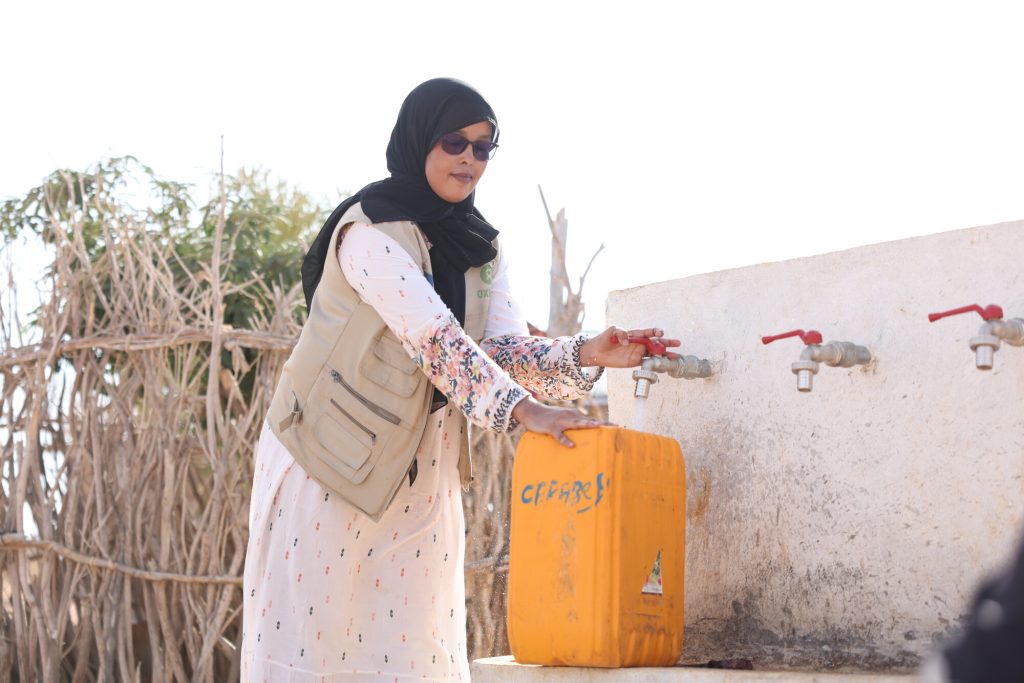Gaza: An Update On Our Aid Delivery
As the one-year mark of the Israeli operation in Gaza approaches, the humanitarian crisis deepens. Here’s what’s happening—and how you can help.
- Famine looms: The entire Gaza Strip faces an imminent risk of famine.
- Catastrophic hunger: One in five people in Gaza is enduring severe hunger.
- Aid blocked: Israel is actively preventing international aid from reaching those in need.
- Soaring prices: A single carton of 30 eggs now costs over $100 due to inflation.
- Polio returns: Gaza has seen its first case of polio in 25 years, prompting an urgent effort to vaccinate 640,000 children.
- Nowhere is safe: Israel continues to breach International Humanitarian Law by failing to provide safe passage or a safe final destination where basic humanitarian needs can be met.
Israel’s “total siege” has cut off water, food, electricity, fuel, and other essential supplies, pushing the population toward starvation and disease.
How much food is getting into Gaza?
Before the conflict, Gaza produced nearly half of its own food, including all its vegetables. Its people relied on 500 daily truckloads of food and essential goods. Now, 60 percent of Gaza’s farmland has been destroyed, and only a small fraction of the needed food deliveries is making it through.
The result? Severe shortages across Gaza. Only seven bakeries remain operational, and children are dying from malnutrition and dehydration. Basic foods like lentils, salt, and tomatoes have become luxuries. A single egg, once just $0.14, now costs $3.53. Half of Gaza’s households are selling their belongings to afford food.
Water and healthcare: now a luxury in Gaza
Water—a basic human right—is now out of reach for most people in Gaza. The blockade has reduced access to clean water by 94%, and people are surviving on as little as five litres a day—less than what a single toilet flush uses. Gaza’s ability to produce water has dropped by 84% due to attacks on its infrastructure.
Hospitals are barely functioning. Only 16 hospitals remain partially operational, with just two providing maternity services. Close to 2 million people have been displaced, living in overcrowded, makeshift shelters with limited access to food, water, hygiene, and healthcare.
Where are people in Gaza living?
Over 60% of Gaza’s buildings have been destroyed. Families, displaced multiple times, are seeking shelter in overcrowded schools, mosques, and tents. Many are staying with relatives, all while facing daily blackouts and shortages of water and food.
Take Ibrahim Al Batran’s family, for example. Ibrahim was diagnosed with kidney failure just 20 days before the war started and now depends on dialysis at al-Aqsa Hospital. His condition makes him reliant on fresh vegetables, but they’ve become too scarce and expensive to afford. “We evacuated near hospitals to continue treatment,” says Ibrahim. “But there was no food—and if there was, we couldn’t afford it.”
How to Help
Since October 7th, Oxfam has provided critical aid to over 730,000 people through partnerships with local organizations. We’re delivering food parcels, hygiene kits, and financial support to those most in need. But we need your help to do more.
What’s Needed Now:
- Immediate ceasefire
- End the siege and open access to humanitarian aid
- Protect civilians and release hostages
- Stop all arms transfers to Israel
- Prevent genocide in Gaza
Military action will not bring lasting peace. Addressing the root causes of the conflict is the only way forward to a just and peaceful future.
Donate to Oxfam’s Gaza and Israel Emergency Appeal
support the people of Gaza and their fight for justice and equality.
Photo: Jomana Elkhalili/Oxfam

